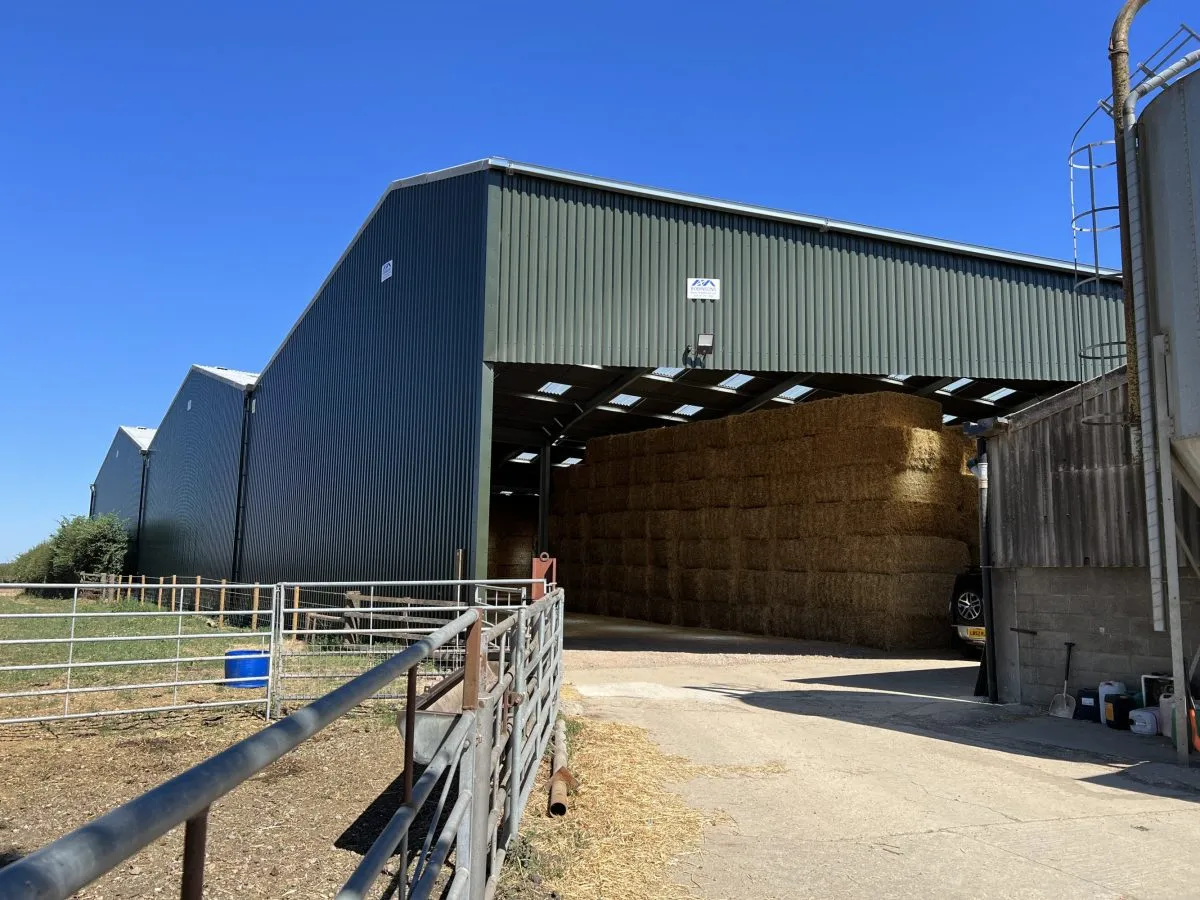- Afrikaans
- Albanian
- Amharic
- Arabic
- Armenian
- Azerbaijani
- Basque
- Belarusian
- Bengali
- Bosnian
- Bulgarian
- Catalan
- Cebuano
- Corsican
- Croatian
- Czech
- Danish
- Dutch
- English
- Esperanto
- Estonian
- Finnish
- French
- Frisian
- Galician
- Georgian
- German
- Greek
- Gujarati
- Haitian Creole
- hausa
- hawaiian
- Hebrew
- Hindi
- Miao
- Hungarian
- Icelandic
- igbo
- Indonesian
- irish
- Italian
- Japanese
- Javanese
- Kannada
- kazakh
- Khmer
- Rwandese
- Korean
- Kurdish
- Kyrgyz
- Lao
- Latin
- Latvian
- Lithuanian
- Luxembourgish
- Macedonian
- Malgashi
- Malay
- Malayalam
- Maltese
- Maori
- Marathi
- Mongolian
- Myanmar
- Nepali
- Norwegian
- Norwegian
- Occitan
- Pashto
- Persian
- Polish
- Portuguese
- Punjabi
- Romanian
- Russian
- Samoan
- Scottish Gaelic
- Serbian
- Sesotho
- Shona
- Sindhi
- Sinhala
- Slovak
- Slovenian
- Somali
- Spanish
- Sundanese
- Swahili
- Swedish
- Tagalog
- Tajik
- Tamil
- Tatar
- Telugu
- Thai
- Turkish
- Turkmen
- Ukrainian
- Urdu
- Uighur
- Uzbek
- Vietnamese
- Welsh
- Bantu
- Yiddish
- Yoruba
- Zulu
Oct . 04, 2024 11:51 Back to list
The Prowess of Steel A Look into Steel Structures
Throughout history, architecture and construction have continually evolved, reflecting societal needs, technological advancements, and aesthetic ambitions. Among the most significant of these advancements is the use of steel in building construction. Today, steel structures dominate skylines and are celebrated for their strength, durability, and versatility. This article explores the remarkable influence of steel structures on modern architecture, their benefits, and their future prospects.
The Evolution of Steel in Construction
The journey of steel as a primary construction material began in the 19th century. The industrial revolution gave rise to new techniques and technologies that allowed for the mass production of steel. Early significant projects, like the Eiffel Tower and the Brooklyn Bridge, showcased not just the material's potential but also its aesthetic appeal. These structures were revolutionary, pushing the boundaries of design and engineering, and they set the stage for what was to come.
As urbanization accelerated in the 20th century, steel became the backbone of industrial architecture. Skyscrapers, which embodied the hustle and bustle of city life, began to rise to unprecedented heights, powered by steel’s superior strength-to-weight ratio. Buildings like the Empire State Building and the Willis Tower (formerly known as Sears Tower) illustrated the material's capability, enabling architects to explore designs that were previously unimaginable.
Advantages of Steel Structures
The rise of steel in construction is not merely a result of aesthetic appeal; its practical advantages are profound
1. Strength and Durability Steel is renowned for its ability to withstand extreme conditions, including high winds, earthquakes, and heavy loads. Unlike traditional materials like wood, steel does not warp, crack, or shrink, ensuring long-lasting structural integrity.
2. Design Flexibility Steel's versatility allows for innovative designs that push architectural boundaries. Whether it’s creating expansive open spaces or intricate facades, architects can manipulate steel to achieve their visions without compromising stability.
3. Speed of Construction Prefabrication techniques allow steel components to be manufactured off-site, significantly reducing construction time. Buildings can be erected faster than traditional materials, minimizing labor costs and accelerating project timelines.
buildings made of steel

4. Sustainability Steel is 100% recyclable without loss of quality, making it an environmentally friendly choice. As sustainability becomes a priority in construction, steel proves to be an efficient material, contributing to green building certifications and reduced carbon footprints.
Contemporary Applications
Today, steel is integral to various building types, from commercial skyscrapers and residential homes to bridges and industrial facilities. Notable examples include the Burj Khalifa in Dubai, which stands as the tallest building in the world, and the Sydney Harbour Bridge, both of which reflect the material's capabilities.
Moreover, architects continue to experiment with steel in new ways. The integration of steel with other materials, such as glass, has led to the creation of striking modern designs that emphasize transparency and light. The use of weathering steel in structures, which develops a rust-like appearance while preventing further corrosion, also demonstrates the material's evolving role in design.
The Future of Steel Structures
Looking ahead, the future of steel in construction appears promising. Innovations in technology, such as advancements in robotics and digital fabrication, are paving the way for more efficient manufacturing processes. Additionally, the increasing focus on sustainable construction practices will further elevate steel’s prominence as a go-to material.
Architects and engineers are also exploring the use of smart materials, which can be combined with steel to create buildings that are not only structurally sound but also responsive to their environment. This synergy may yield energy-efficient buildings that cater to the growing demand for eco-friendly constructions.
Conclusion
As we navigate the complexities of urban life and strive for sustainable practices, steel structures stand out as a testament to human ingenuity. They not only symbolize the technological advancements of our time but also serve as landmarks of our aspirations for the future. With their remarkable strength, sustainability, and design flexibility, steel buildings will undoubtedly continue to shape our cities, creating a powerful legacy for generations to come. In the world of construction, steel remains—and will likely continue to be—the cornerstone of innovation and durability.
-
How Do Prefabricated Steel Structures Transform Modern Construction?
NewsJul.14,2025
-
How Do Prefabricated Metal Buildings Redefine Modern Construction?
NewsJul.14,2025
-
How Do Prefab Insulated Metal Buildings and Steel Structures Revolutionize Modern Construction?
NewsJul.14,2025
-
How Do Pre - Engineered Steel Structures Redefine Modern Construction?
NewsJul.14,2025
-
Advancing Modular Construction with Prefabricated Metal Structures
NewsJul.14,2025
-
Advancing Industrial Infrastructure with Prefabricated Steel Solutions
NewsJul.14,2025
Products categories
Our Latest News
We have a professional design team and an excellent production and construction team.












